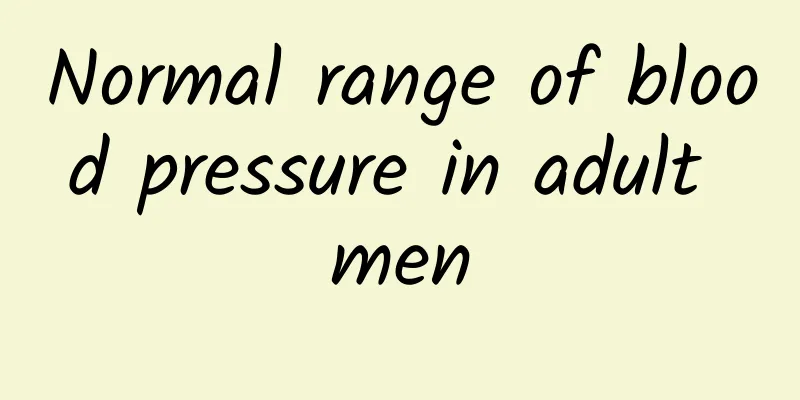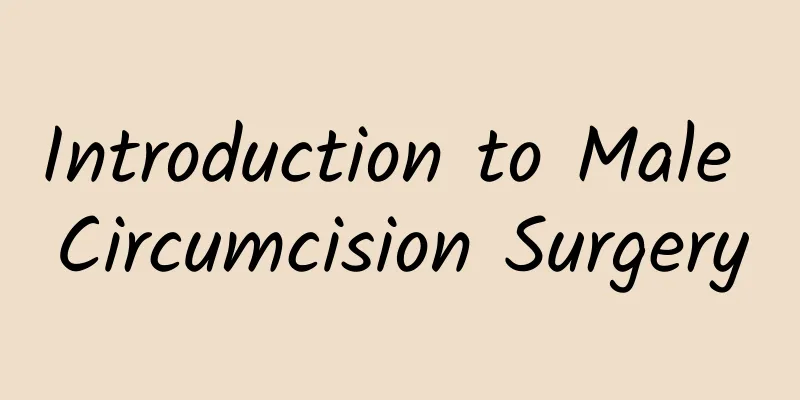What are the most common treatments for renal artery stenosis?

|
In medicine, renal artery stenosis has many causes and is a type of renal vascular disease. Clinically, the main manifestations of this disease include renal vascular hypertension and ischemic nephropathy, and the greatest harm is the decline of renal function. So, now that medical technology is very advanced, what are the treatments for renal artery stenosis? 1. Angioplasty Percutaneous transluminal renal angioplasty (PTRA, using a balloon to dilate the renal artery) is often performed. This treatment is particularly suitable for patients with fibromuscular dysplasia. Since patients with atherosclerosis and large artery inflammation are prone to restenosis after dilation, which may lead to treatment failure, these patients should have a vascular stent placed after dilation. 2. Surgery These include endarterectomy, bypass surgery, and autologous kidney transplantation to restore blood supply to the diseased kidney. 3. Internal medicine drug treatment Drug therapy cannot prevent the progression of renal artery stenosis, but it can help control hypertension and improve symptoms. For patients with unilateral renal artery stenosis and high renin, ACEI or ARB is often the first choice, but it must be started with a small dose and gradually increased to prevent the blood pressure from dropping too quickly or too low. Patients with bilateral renal artery stenosis should not take the above drugs. In order to effectively control blood pressure, a variety of antihypertensive drugs are often required. There are many modern powerful antihypertensive drugs, and drug therapy can often effectively control renal vascular hypertension. In addition, drug therapy is no different from PTRA in terms of patient long-term survival rate. Therefore, many scholars currently believe that drug therapy should be the first choice for renal vascular hypertension. As for renal artery stenosis that has already led to ischemic nephropathy, timely PTRA and vascular stent placement remain the first choice to prevent the stenosis and renal function damage from progressing. If PTRA is contraindicated or PTRA and stent placement fail, surgical treatment can be considered. |
<<: Do you have unbearable pain in your body? It could be a heart attack!
>>: Love drinking wine? This thing can help you improve your sexual performance while drinking wine!
Recommend
How to lose weight for boys with big buttocks
Boys also pay more attention to their body shape....
What is the normal testosterone level for men?
Testosterone is not only found in men, but also i...
Why do men need women? What is the role of women?
Why do men need women? This is actually a simple ...
Is it good for men to have hair on their chest?
As long as we study carefully, we will find that ...
What to do if you have bad breath
Many white-collar workers are most afraid of bad ...
What are the symptoms of stomach pain and what to pay attention to when having stomach pain
When you have stomach pain, you may subconsciousl...
What causes itching in men?
Men should also try to clean their genitals every...
How to treat left epididymitis
As a common disease in men's medicine, the in...
My glans penis is a little painful, what's going on?
Phimosis, or long foreskin, is mostly due to long...
This is the number one part of a woman that men like the most!
Sex is an indispensable way of communication betw...
How can men lose belly fat?
Nowadays, losing weight is not only for women, bu...
Prostate Drugs
As men age, their kidney function will gradually ...
Do push-ups often. Which muscles do they exercise?
In my opinion, push-ups and sit-ups are the most ...
What should men do if they have long pubic hair? Why?
In life, many men are troubled by many physiologi...
Male groin pain
There are many causes of groin pain in men. It ma...









